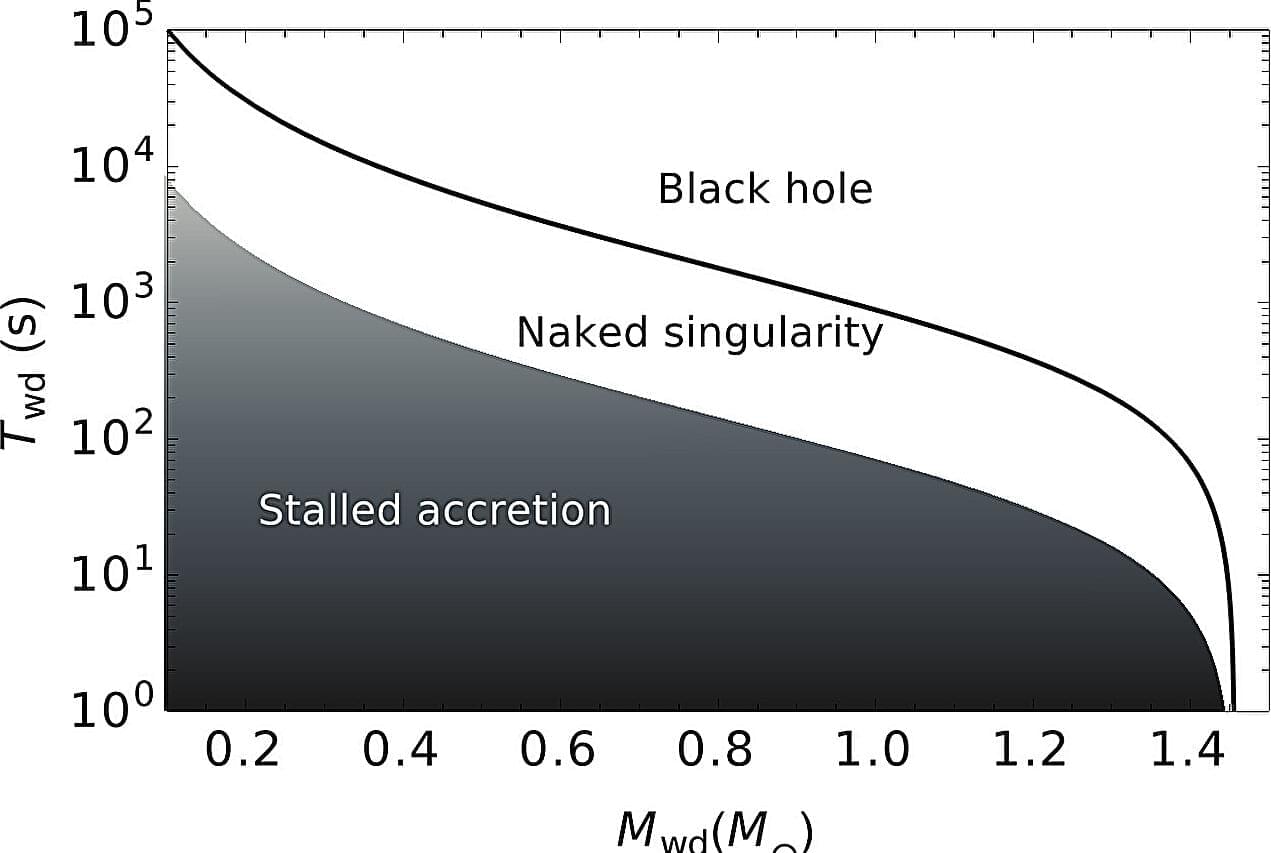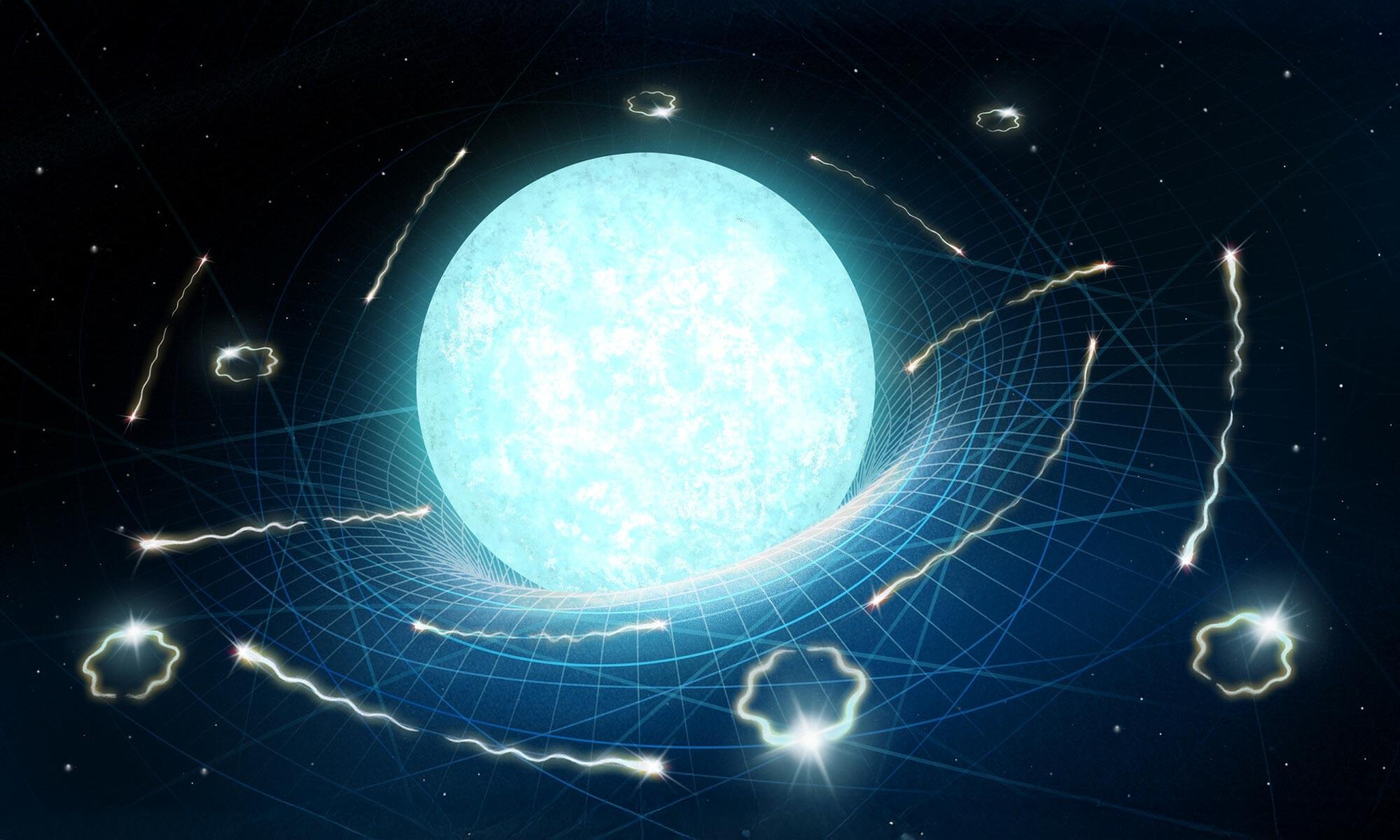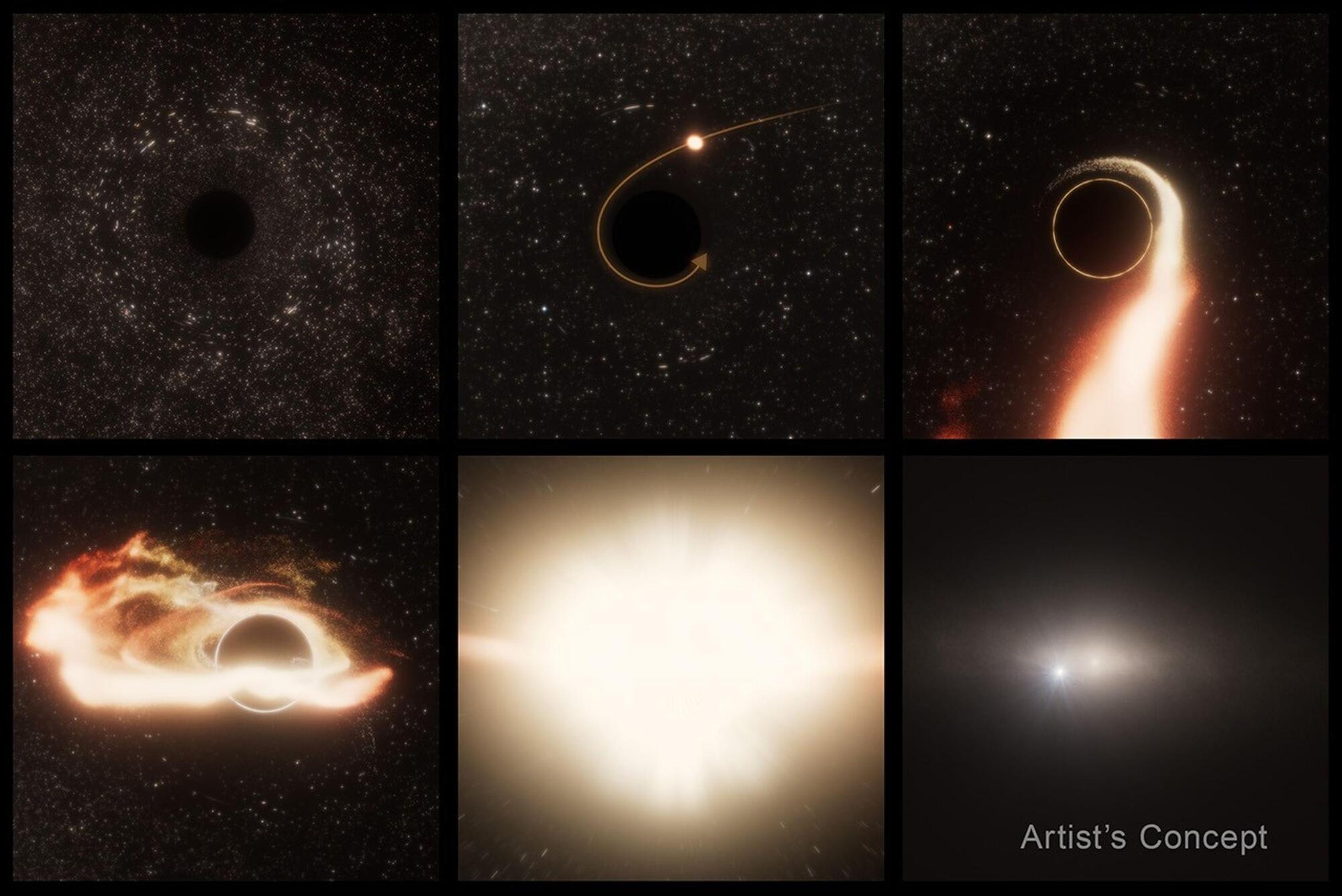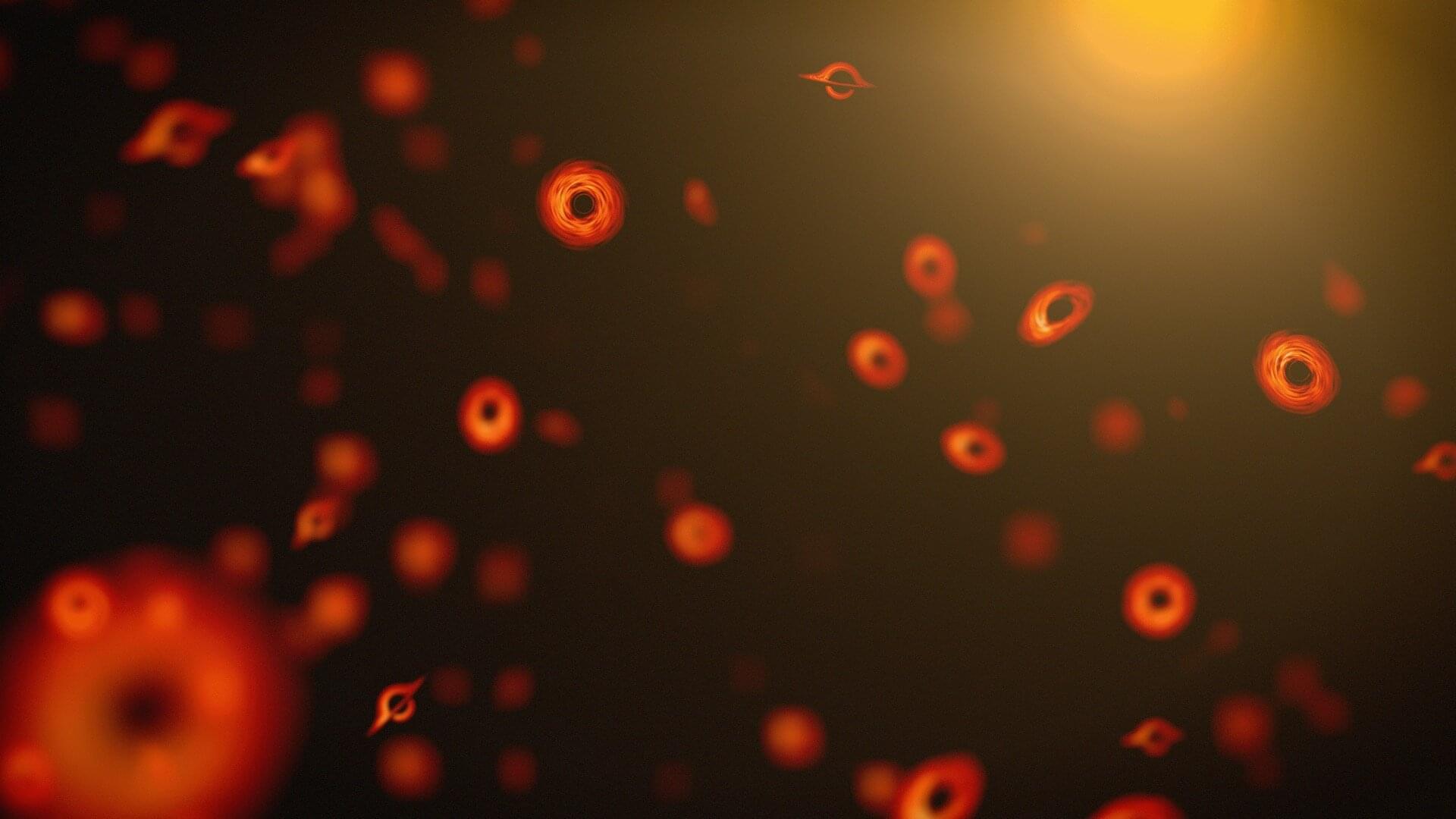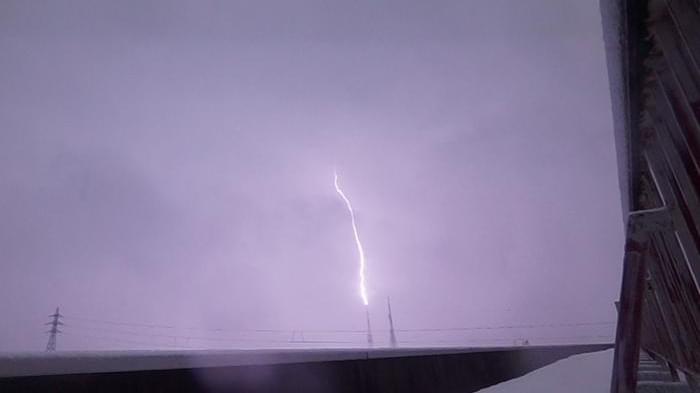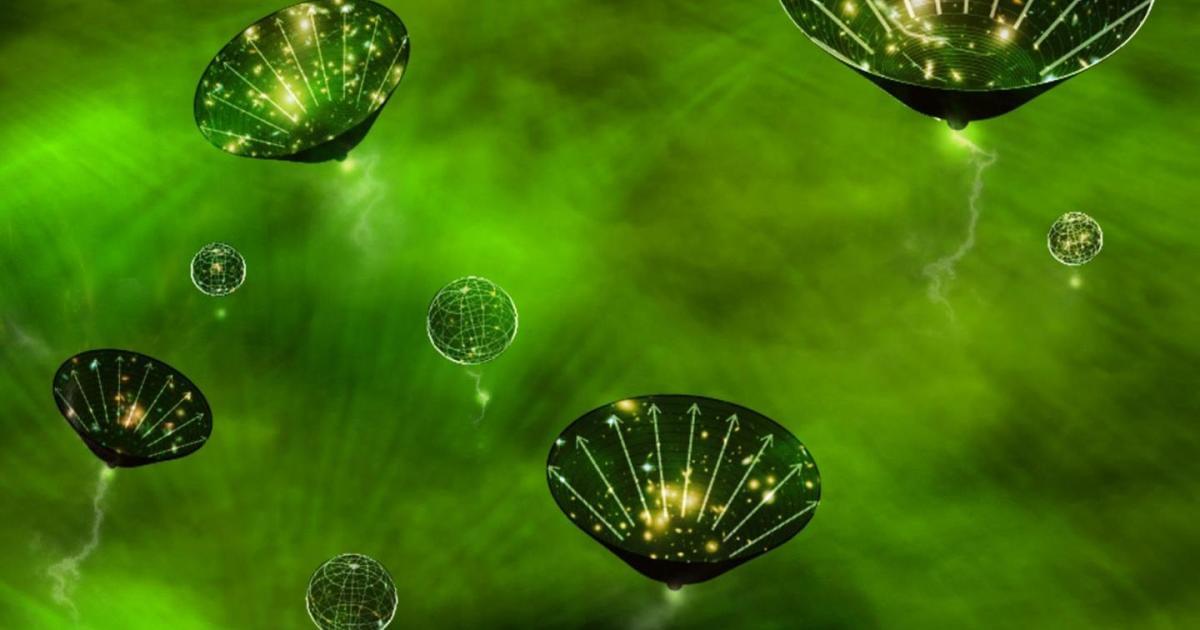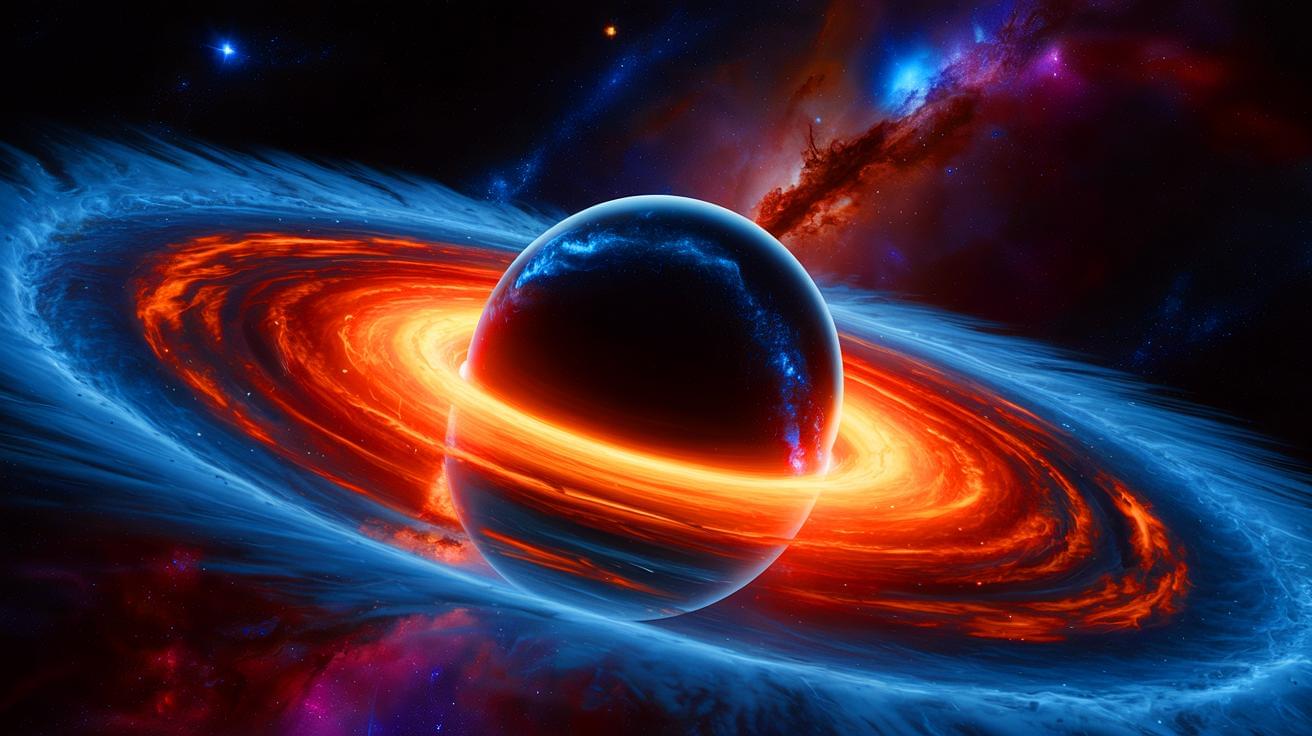As far back as we can observe in our Universe, time always behaved in exactly the same fashion we’re familiar with: ticking away, relentlessly, at the same rate for all observers. Bring your clock to the surface of the Earth? The bottom of the ocean? Into orbit in space? Near the event horizon of a black hole? Or speeding through intergalactic space at close to the speed of light? It doesn’t matter. The amount of time it takes for regular events to occur — for a second to tick by, for an atomic transition to occur, for a photon of a specific wavelength to have one “wave” pass by you, etc. — is going to be identical for any observer under any of those conditions. In fact, the rate at which time passes for themselves, at one second-per-second, is something all observers can agree on.
Sure, relativity is weird in a lot of ways, both when you move close to the speed of light or when the curvature of spacetime is very strong. Lengths contract, time durations dilate, and different observers draw different conclusions for one another versus for themselves. But time still passes, and relativity allows us to reconcile those differences. But what about if we go to an unfamiliar place; what if we consider what happens before the Big Bang? That’s what Justin Skit wants to know, asking:
“Can you help me understand what’s going on with time during cosmic inflation? I know inflation starts and then the big bang. But if the era before the big bang was timeless how does that work?”
